In the days before digital became the standard for sports photography, the SLR was king. Photographers lined up pitch-side to capture the action, Minolta, Nikon or Canon camera fastened to zoom lenses long as crossbars, filmbacks in bags, preparing themselves for a hefty darkroom bill, praising the gods of autofocus and auto-advance for allowing them to capture that crucial header. Popular Photography back in 1993 discusses “the so-called exotics that you often see pros hauling around at sports events, such as 600mm f/4 and 80mm f5/6 teles, 180-600mm or 1200-1700mm zooms” – still of course common today, all the better then to work around the ISO limitations of colour 35mm film.
What I’m saying here is: no professional sports photographers were trying to document matches with a camera that was designed to fit into the pocket of a beach bag.
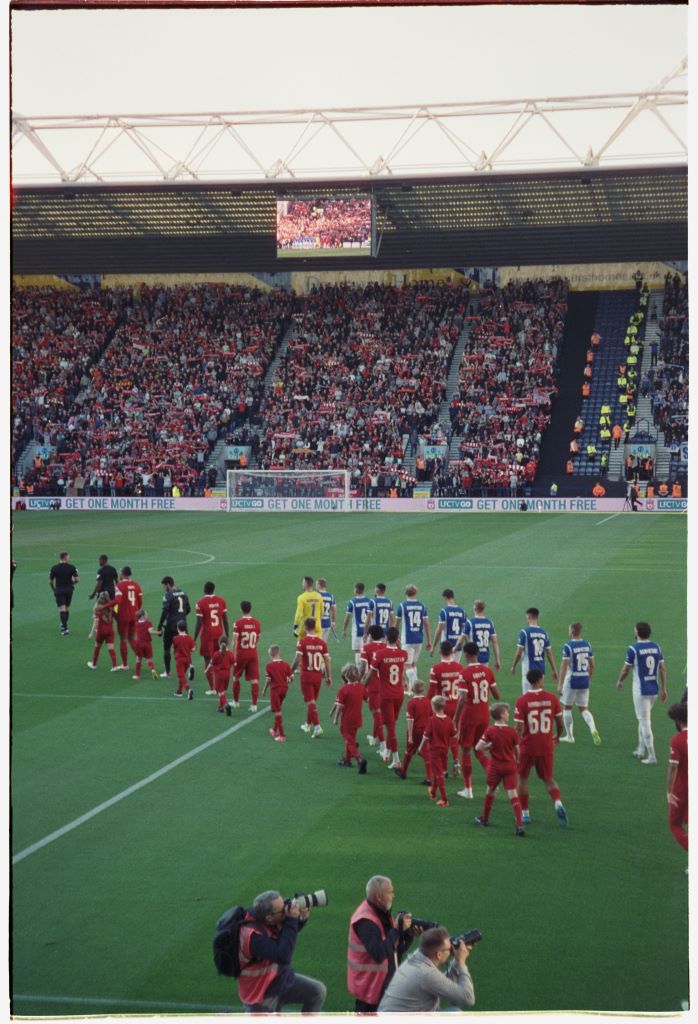
I was heading off to a pre-season friendly – Liverpool vs Darmstadt 98 at Deepdale in Preston. It was probably the only chance I’d get to see the Reds in person given how difficult it is to get tickets at Anfield, so I wanted to commemorate the occasion with my camera. The problem was: how? I spent a lot of time checking the rules, as what I didn’t want was to either be turned away at the gate or have to choose between my gear and my desire to see my beautiful footballing sons finally in person.
Cameras with interchangeable lenses were generally prohibited – not sure whether this was for safety reasons, getting-in-the-way-of-others reasons or might-sell-a-slightly-blurry-bootleg-photo-of-Pep-Lijnders-online reasons – which ruled out my ME Super, the only SLR I have that would realistically fit into the regulation A5 size bag. My pocket rangefinders would give me a degree of control over what I was shooting, but a fixed-lens would be useless up on the 28th row.
I needed a long lens, of course, but I also needed pocketabilty – and if it wasn’t also too much to ask, image quality that wouldn’t have me later rueing the money spent on film and processing. Enter: the last generation of superzoom compacts. Designed to please the enthusiastic amateur with a little more money to spend, destined to sit in a drawer two years later after digital got cheap enough that it was no longer possible to get your film processed when doing your weekly shop. I emailed the ground to double-check if everything would be OK once I got there, and then I opened several thousand tabs to do my research.
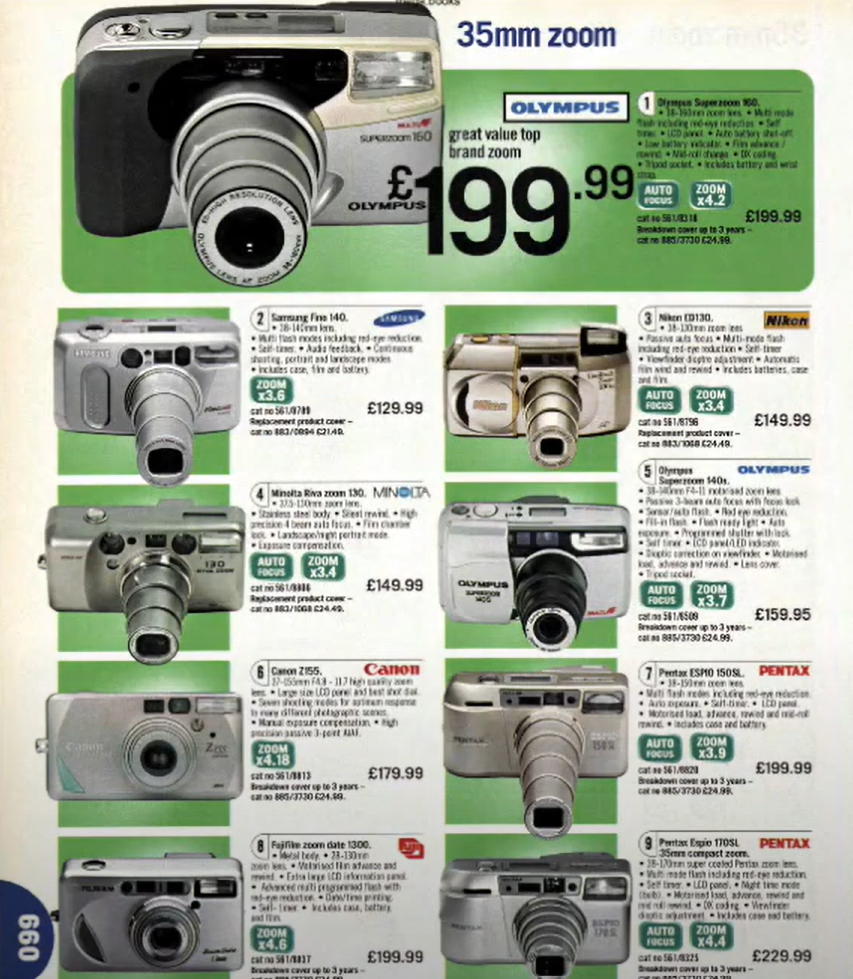
First pick: the Canon z155. An evolved version of the second-hand z70w that went everywhere with me in my late teens, and felt like an enormous upgrade on the family 110 held together with a thick rubber band, this would have set me back £179 back in 2002. According to the Canon website, it ‘incorporates a high-performance 37-155mm 4.2x zoom lens in a body measuring only 112 x 59.5 x 48.3mm’, or in other words, it fits into a shorts pocket which is more than you can say for a 70-200mm. It also had a couple of features which were important to me – the ability to switch off the flash, and fast shutter priority or ‘sports mode’ which seemed at least theoretically to be more useful than fully automatic. A look on eBay, and a willingness to overlook a minor blemish in the viewfinder got me one for £15.99.
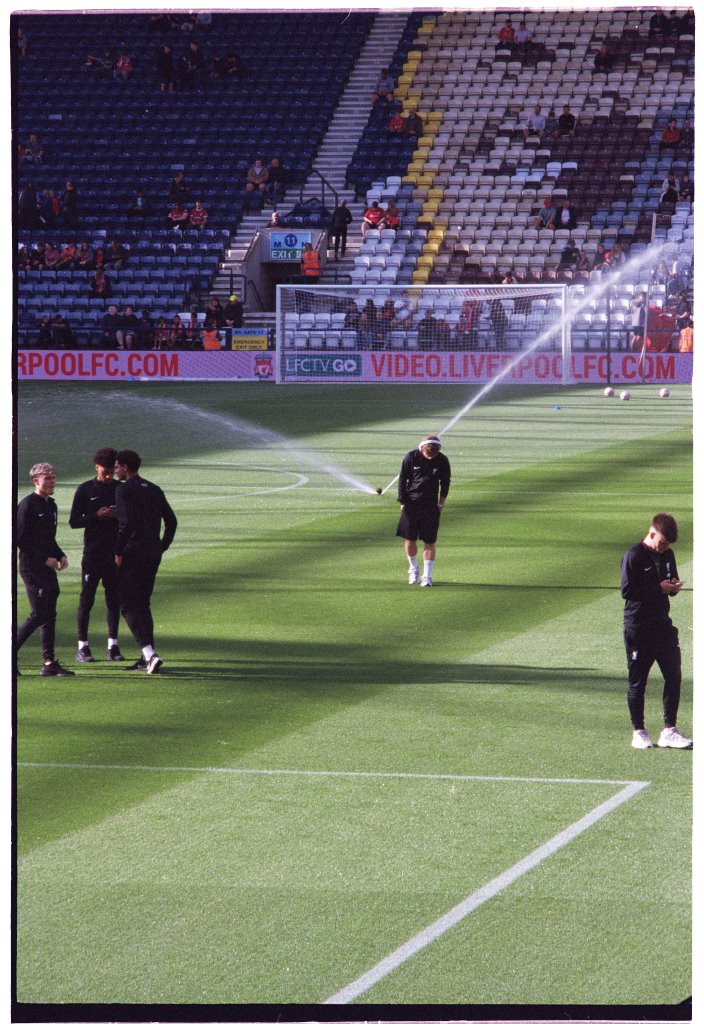
I wanted another option, though, so I could experiment with black and white too. Enter 2001’s Pentax Espio 170SL. £17.87 on eBay got me another neat little aluminium pocket rocket, low-priced thanks to the lens cover being somehow missing (I stuck a Canon EF rear cap on the front, which did the job perfectly, if somewhat spoiling the aesthetic). That 170 in the name, by the way, means I was getting a whole entire 170mm of zoom right there in my hand. Perhaps it would be ambitious to expect good results from a lens so very tiny when fully extended, but the Espio series seemed pretty well-regarded and I hoped that a bright summer day meant it wouldn’t want to automatically fire the flash too much to compensate. (There is a setting that turns it off, but it seemed better designed for long exposures, something that wasn’t particularly useful here.)
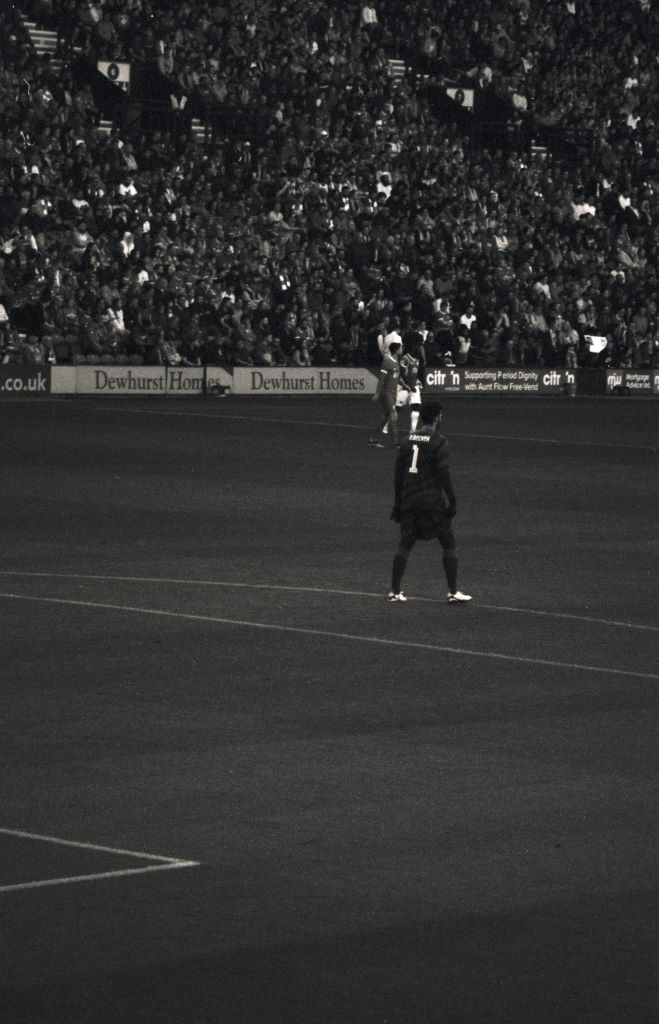
Next thing to think about was film. The max aperture for the z155 is f/15.5, and for the 170SL, f/11.7, and I wanted the automatic settings to prioritise fast shutter speed as much as possible, especially as the light would change over the evening. Delta 3200 seemed an obvious choice, but seemed better designed for equipment that could better manage the grain, especially in sunny August.
I had two rolls of Rollei Retro 400s in the freezer and thought the contrastiness (technical term) of it would work well here, so they were assigned to the 170SL. For colour, I got a roll of Portra 800, which cost more than the z155 it would be loaded into. If it was winter, I’d have lookd at Cinestill 800, but daylight balanced film seemed more useful on a long evening – and as the results I’ve got before with Portra has made me feel like such a revered film is somewhat wasted on me, I was keen to see how I got on with it once more.
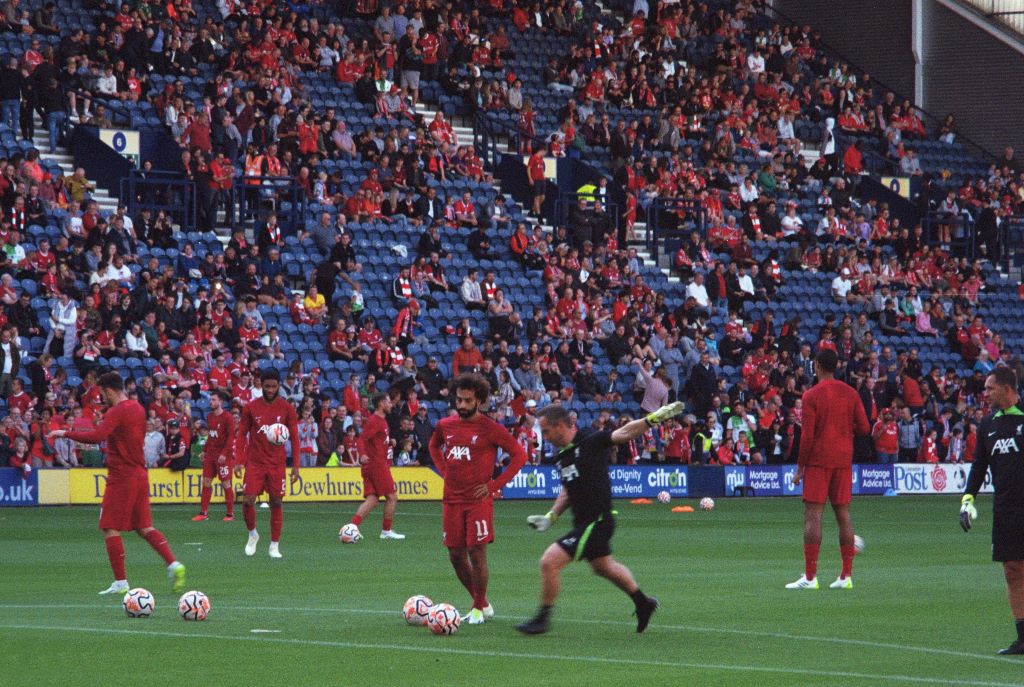
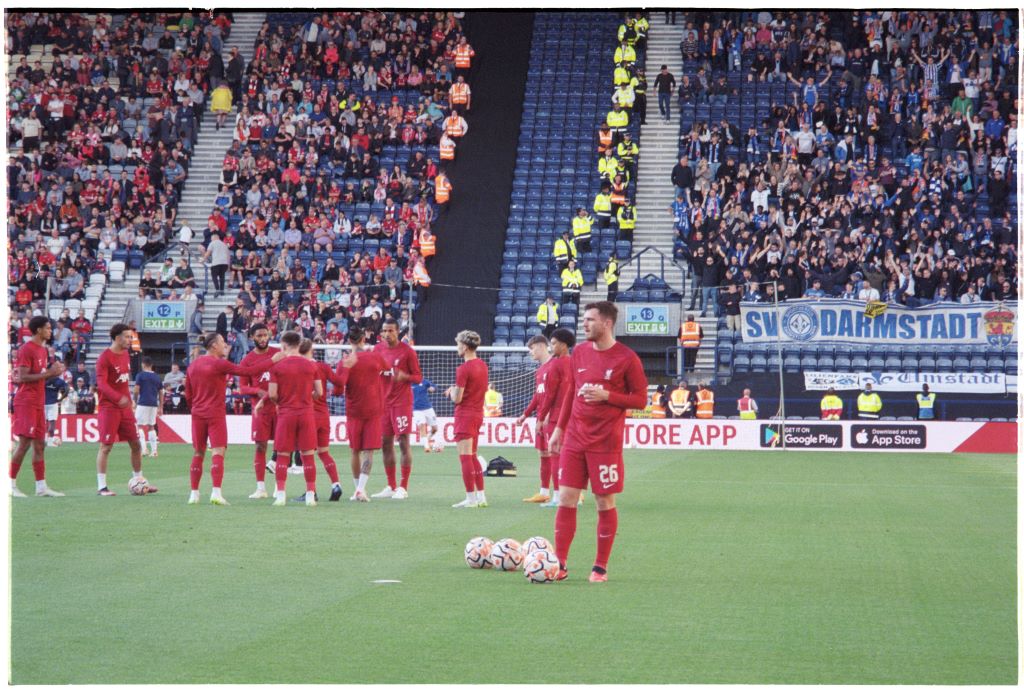
And the results? For the limitations I was working with, actually not bad at all – despite my getting irritated at those few frames that would have been great if the camera had just decided to focus in a slightly different place. One thing that I found frustrating was that the Pentax insisted on firing the flash even when the light made me think it wouldn’t. I really hoped this wouldn’t happen, partly because I was worried about fall-off affecting my images and partly because it can be irritating for those around you when in a crowd. (On the team shot, you can see a little banding where the flash must have been accidentally covered by a finger or the brim of my hat; a consequence of not being used to using on-camera flash normally.)
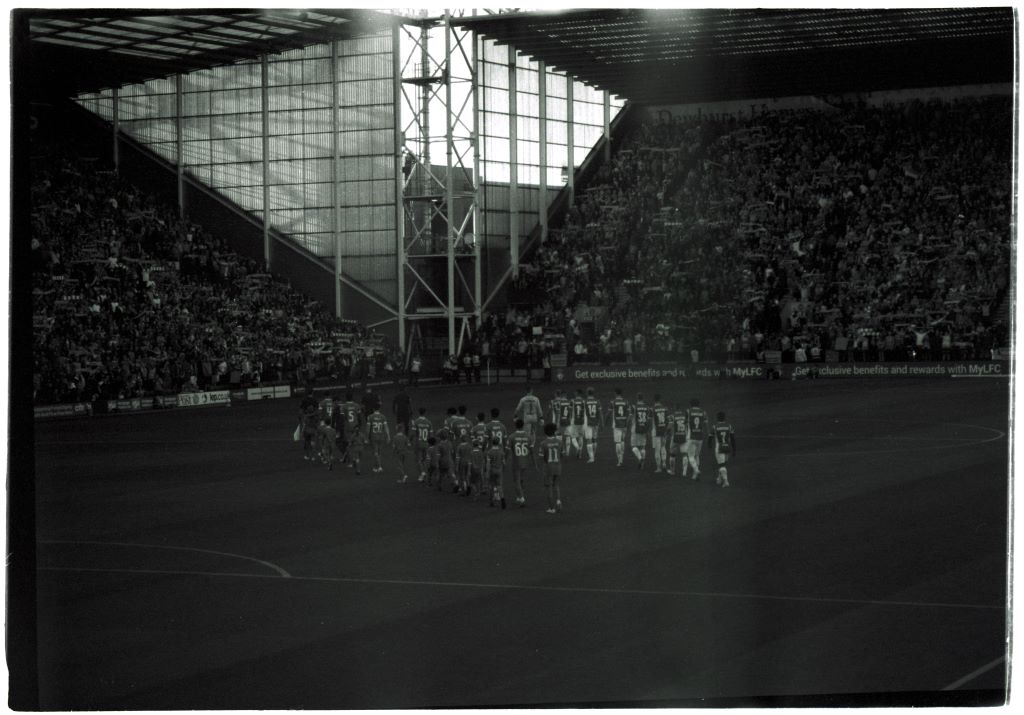
I thought the slight zoom advantage of the 170SL might be more useful when up in the stands, but the ratio of keepers to duds on development showed how difficult it was to compose and focus quickly with a small lens that craved light; perhaps the extra control the z155 offered was a bigger advantage than those extra few mm. As for my film choices, the Portra worked really well during the warm-up, when I was able to stand closer to the pitch and take advantage of the afternoon light; surprising for a film that isn’t especially designed for action shots.
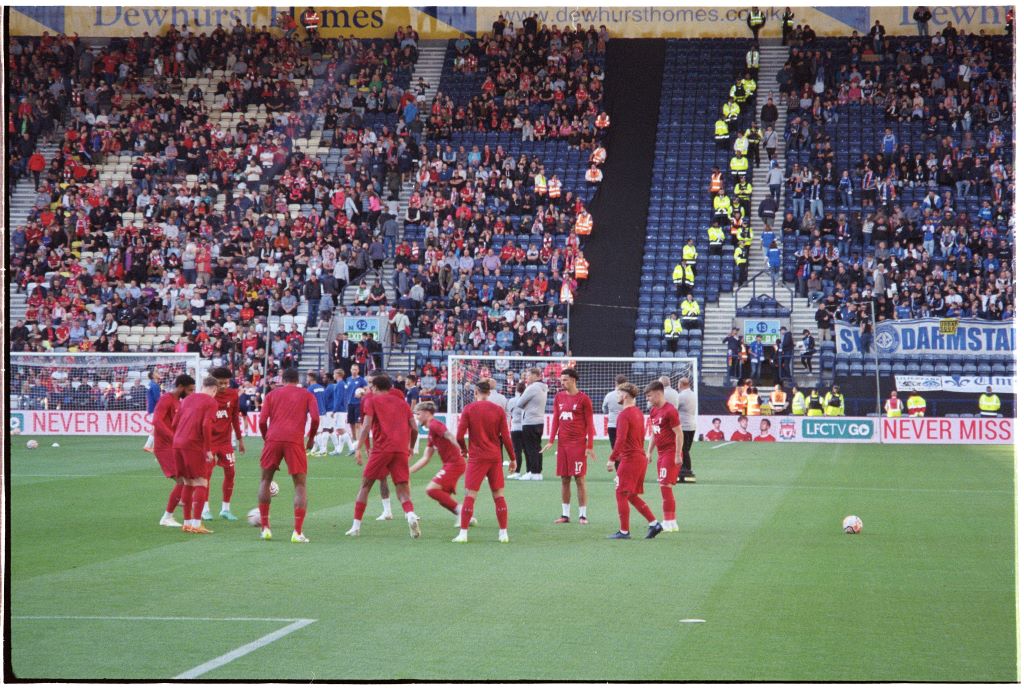
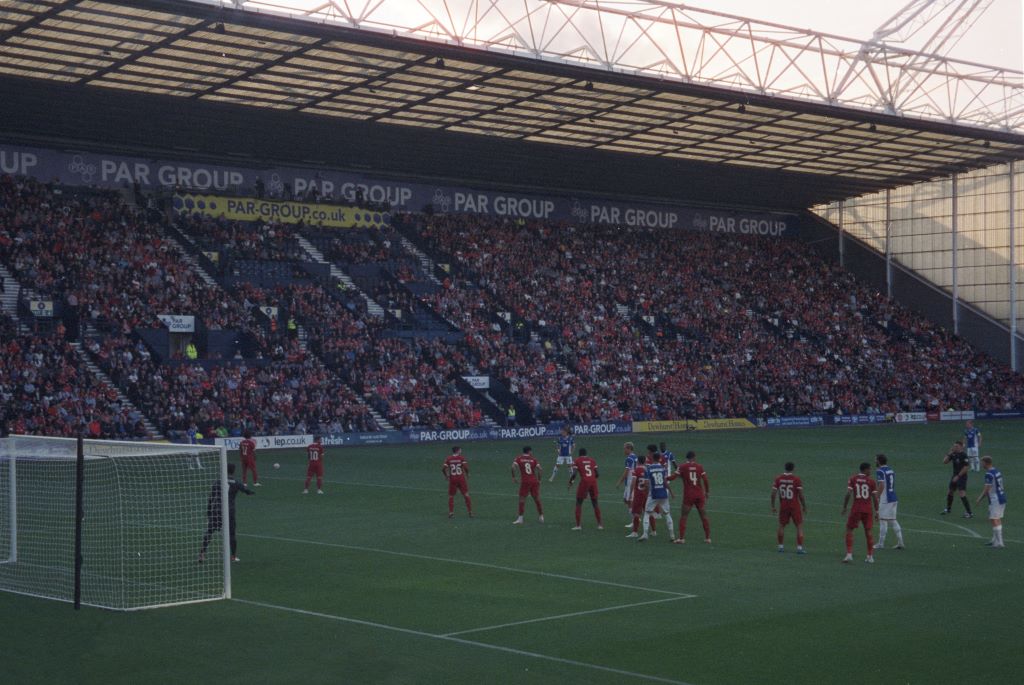
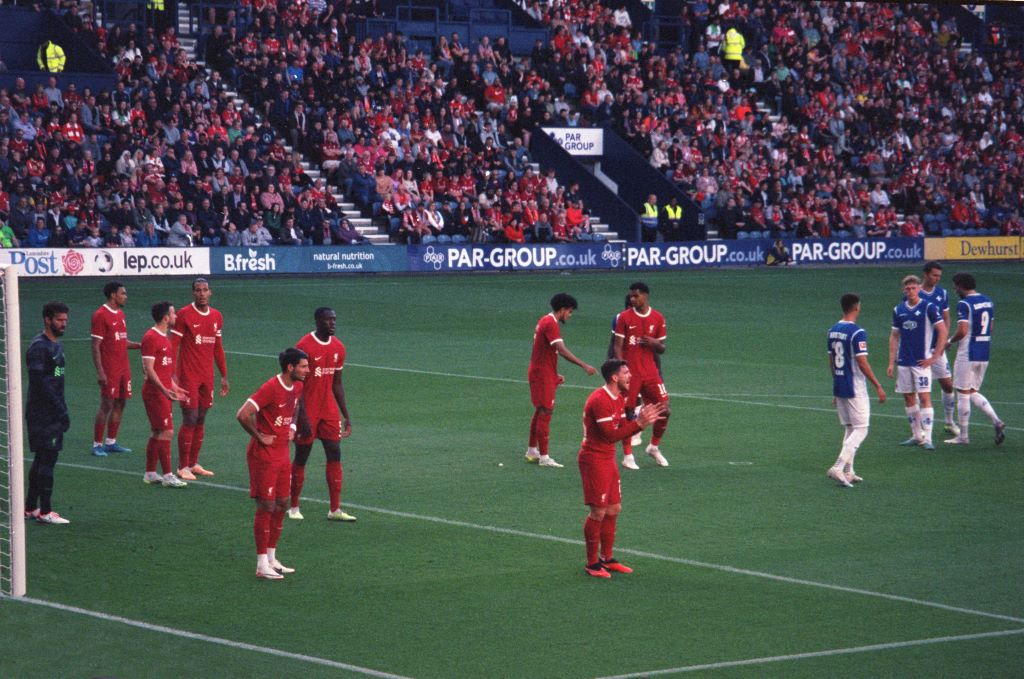
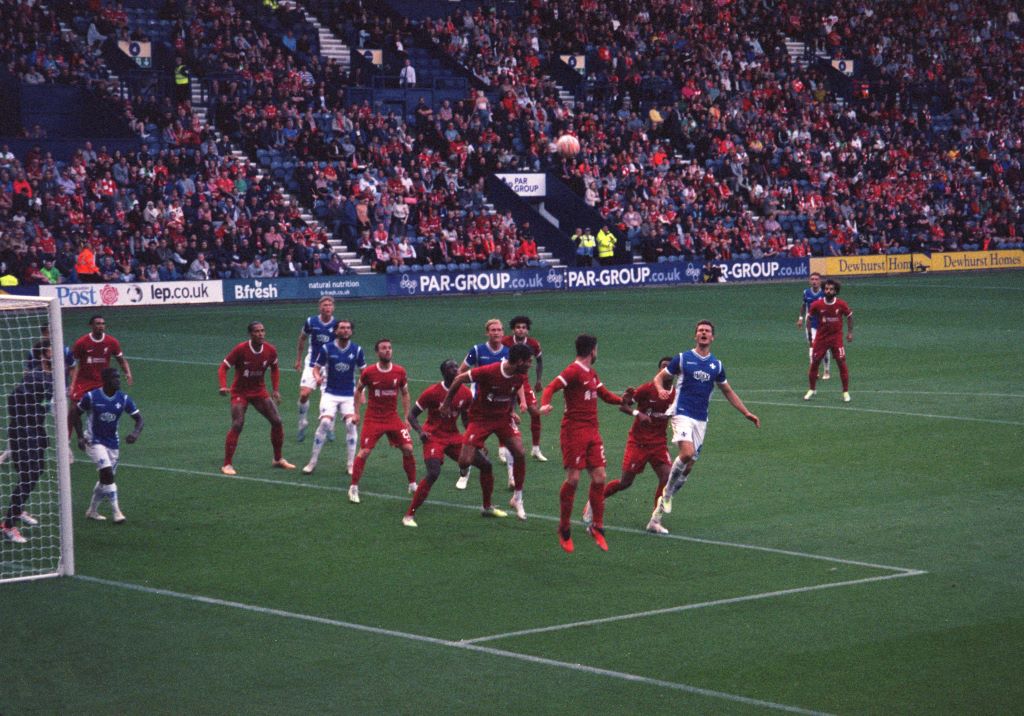
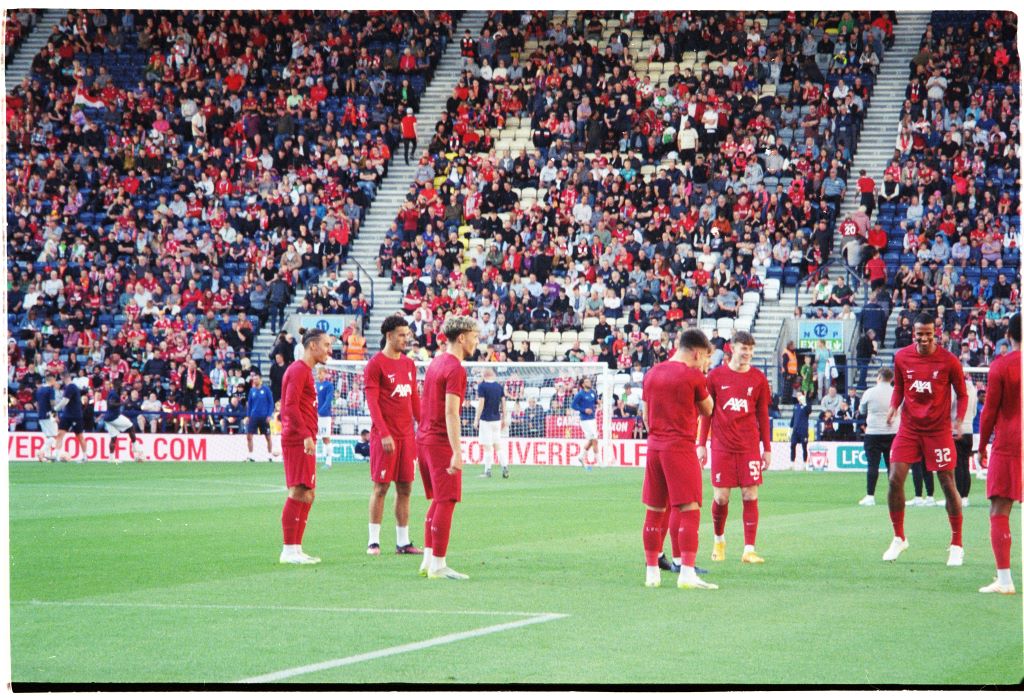
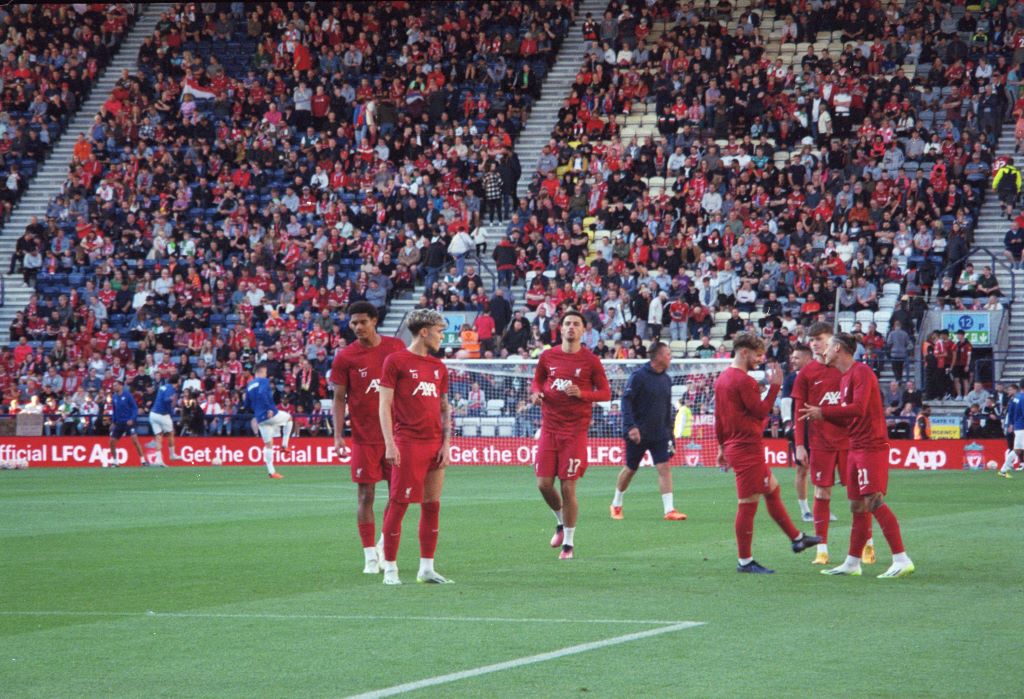
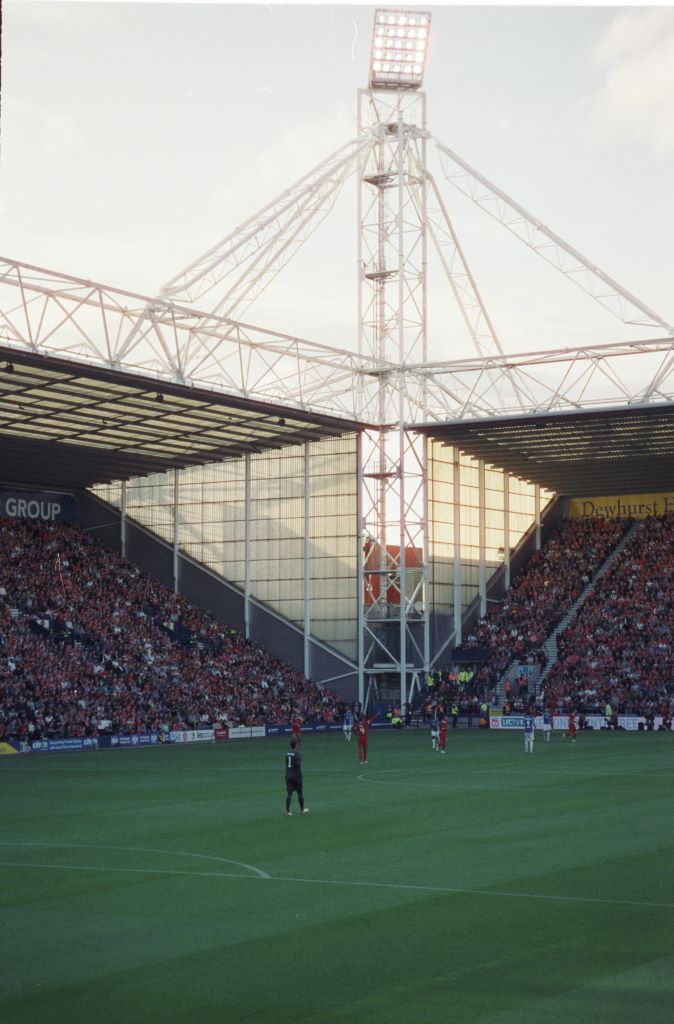
I was happiest, though, with the ones that did turn out on the Rollei 400s. I wasn’t sure how well something lower speed would cope as the sky darkened, but the grain and contrast made Deepdale look beautifully imposing and gave a vintage newsprint look that pleased me greatly.
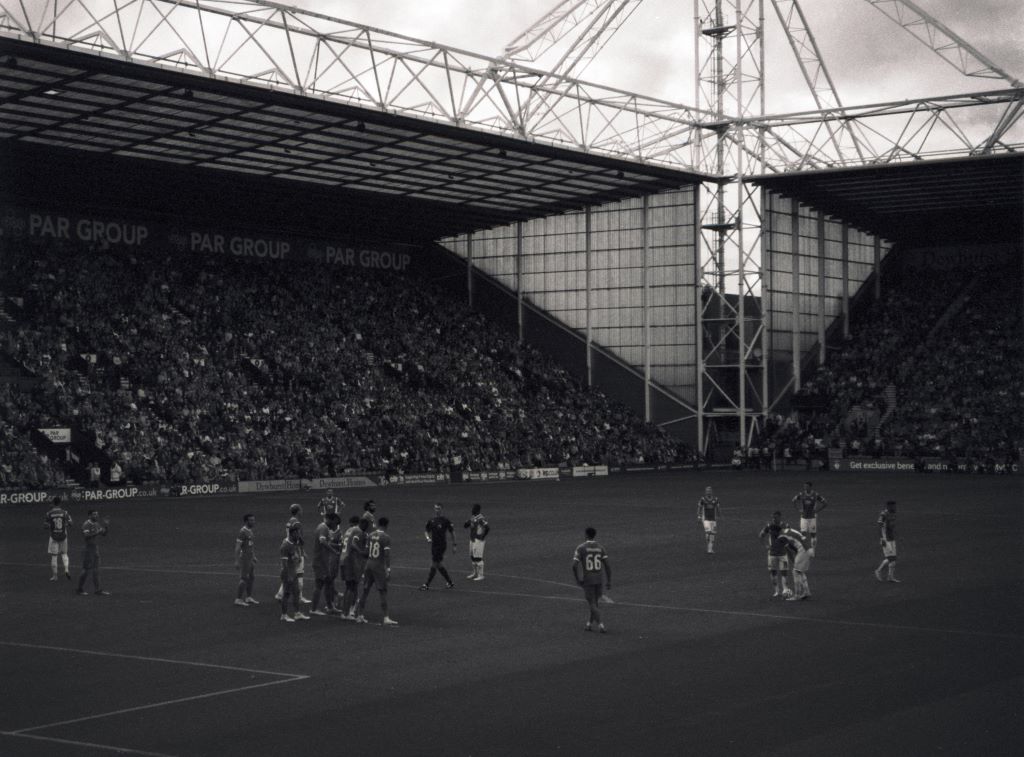
Overall, I’m pretty pleased with what came out, given the limitations I was working with – I’d love to try shooting more football with a better vantage point and more suitable equipment, be it film or digital, although the strict licensing regulations at many levels make it a difficult thing to know how to practice. They’re not going to end up on the back pages any time soon, but perhaps one or two might make it onto my wall, just to remind me I was in the crowd.
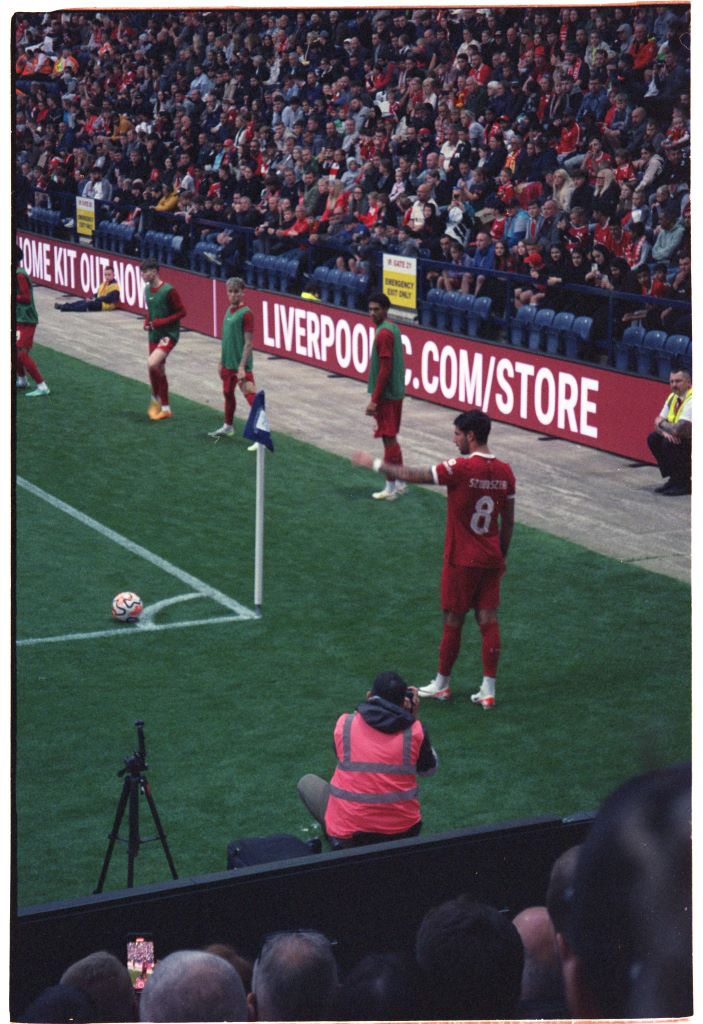
Thanks for reading! (Slightly less blurry shots posted on my Instagram :))
Share this post:
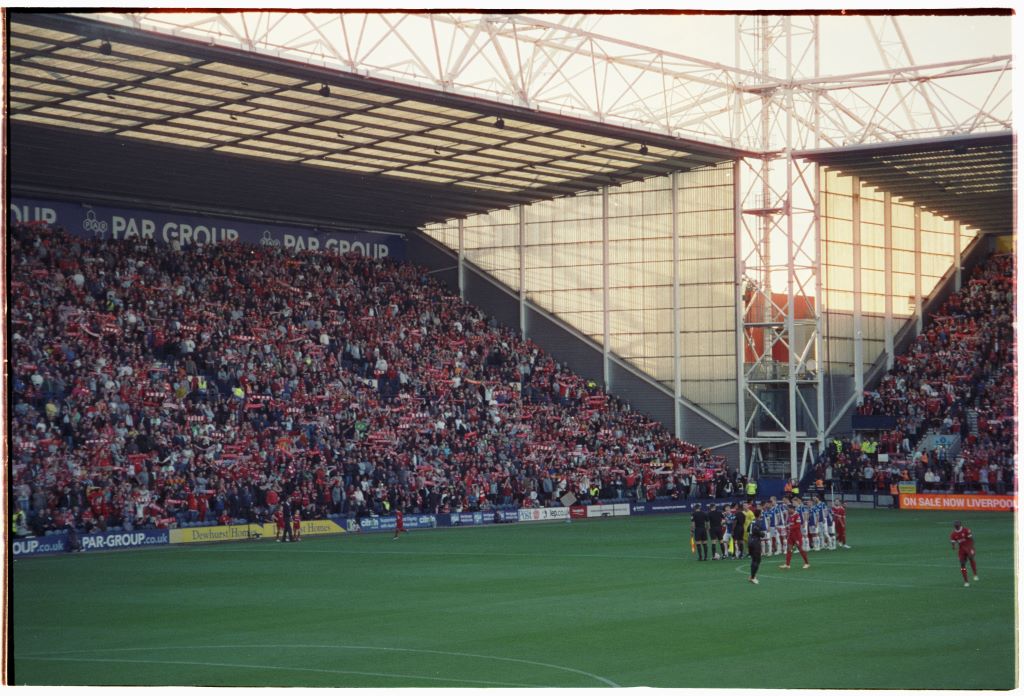
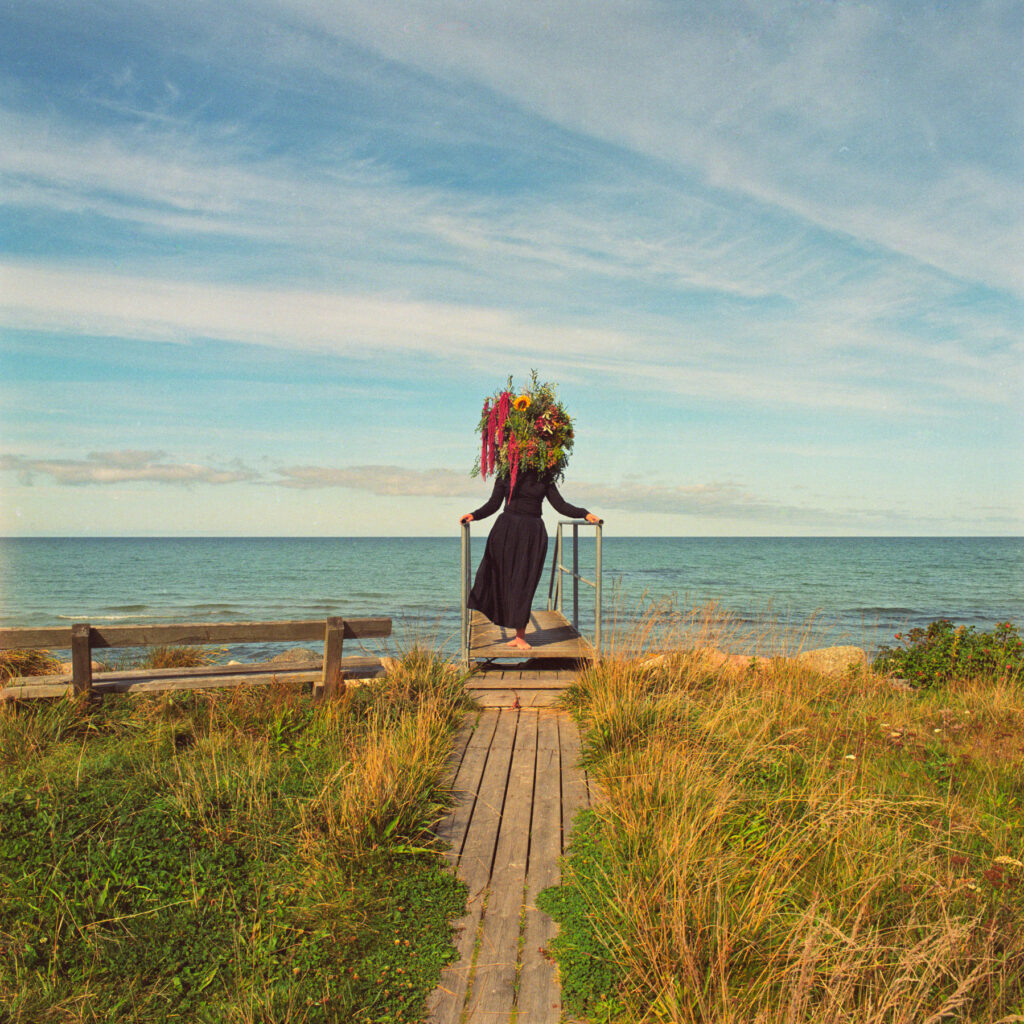
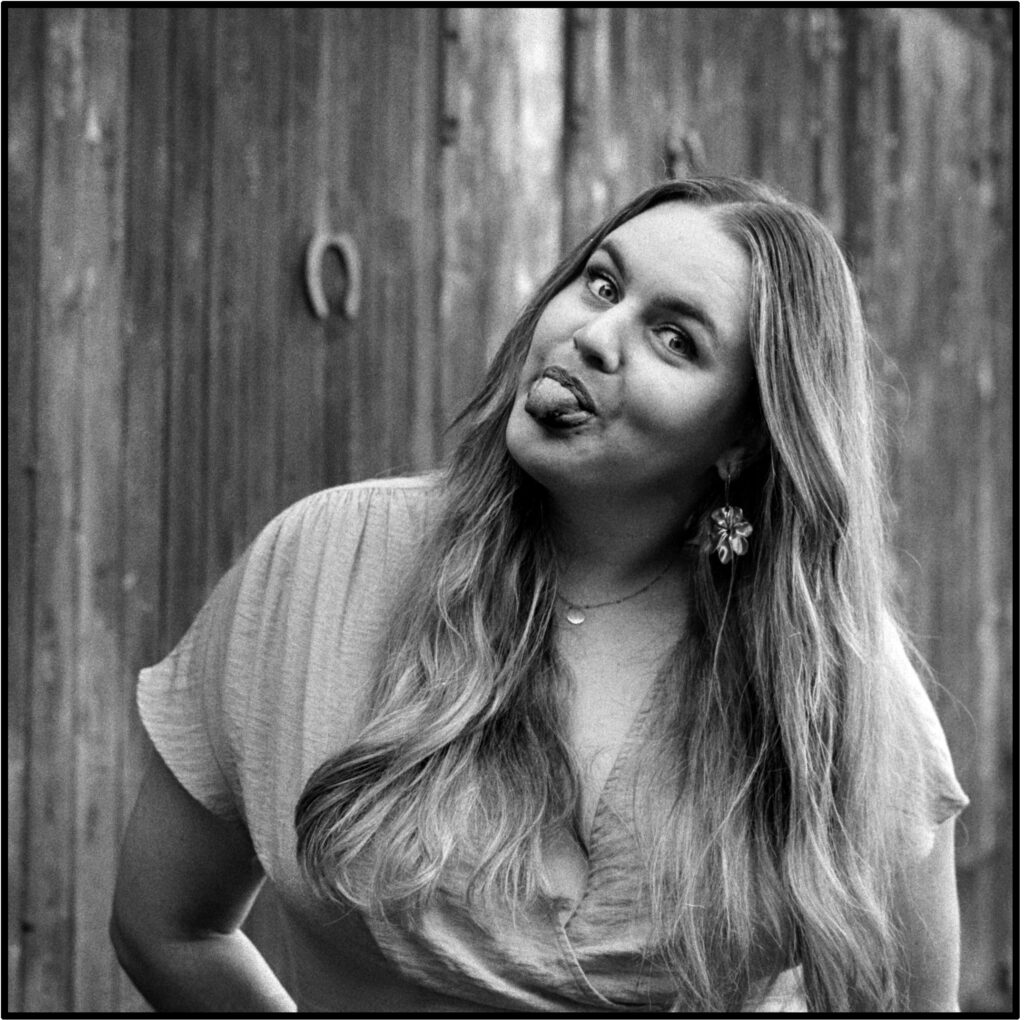
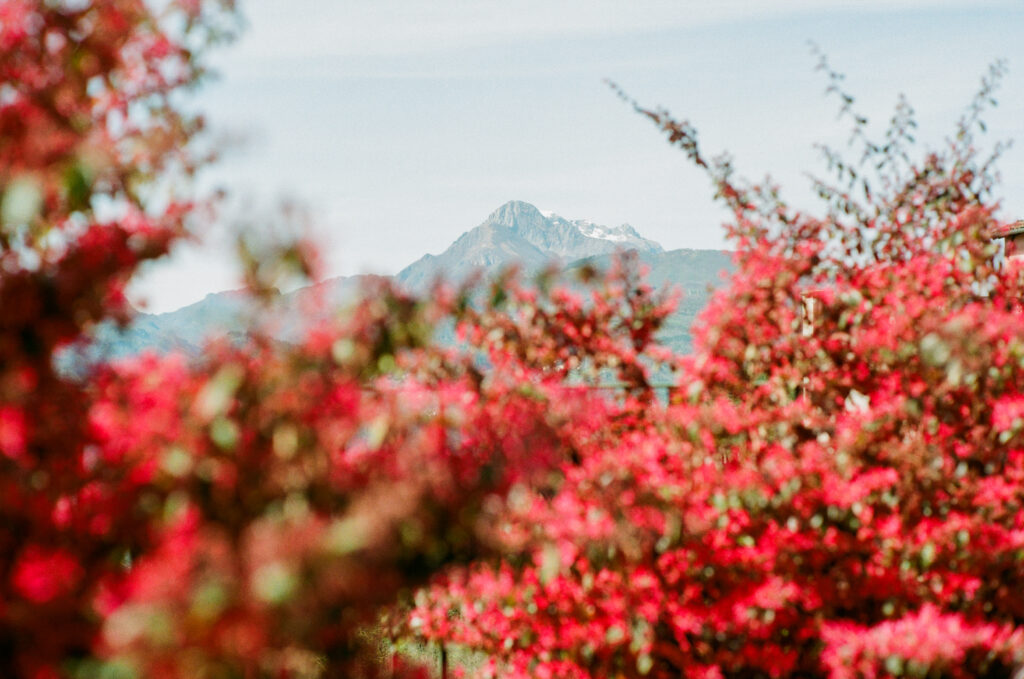
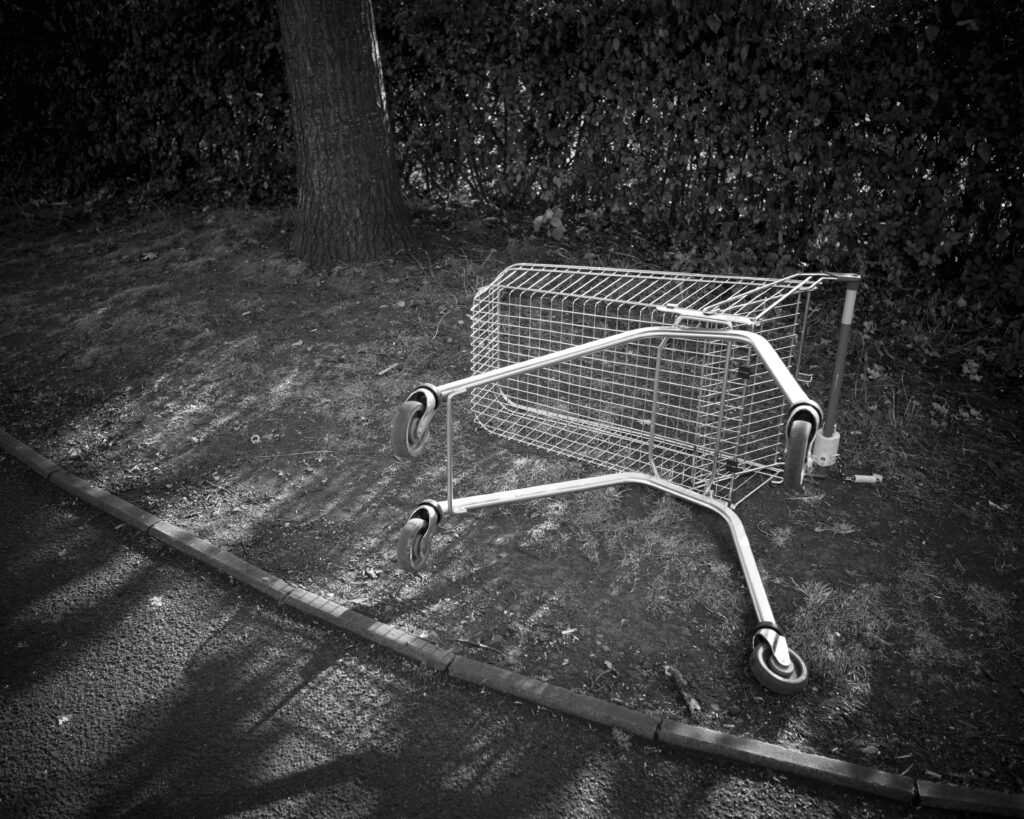




Comments
Jim Grey on Compact Formation: Shooting Football with a Superzoom
Comment posted: 23/03/2024
Comment posted: 23/03/2024
Kary Schumpert on Compact Formation: Shooting Football with a Superzoom
Comment posted: 23/03/2024
Comment posted: 23/03/2024
Ibraar Hussain on Compact Formation: Shooting Football with a Superzoom
Comment posted: 23/03/2024
A question - did anyone every make a 35mm super zoom with a fast or high grade lens?
Most i see are slooow - even moderate zooms such as the Contax TVS
Comment posted: 23/03/2024
Comment posted: 23/03/2024
Yuze Chen on Compact Formation: Shooting Football with a Superzoom
Comment posted: 23/03/2024
Comment posted: 23/03/2024
Comment posted: 23/03/2024
Erik Brammer on Compact Formation: Shooting Football with a Superzoom
Comment posted: 24/03/2024
Darmstadt here. I am not really a football fan, and the Darmstadt fans may want to chop my head off if I say that it would be a bit presumptuous for Darmstadt to win this one. But it was a very nice move for Liverpool, probably with support from Kloppi himself, to allow this to happen. 3:1 is not too bad from a Darmstadt perspective.
Comment posted: 24/03/2024
Paul Quellin on Compact Formation: Shooting Football with a Superzoom
Comment posted: 26/03/2024